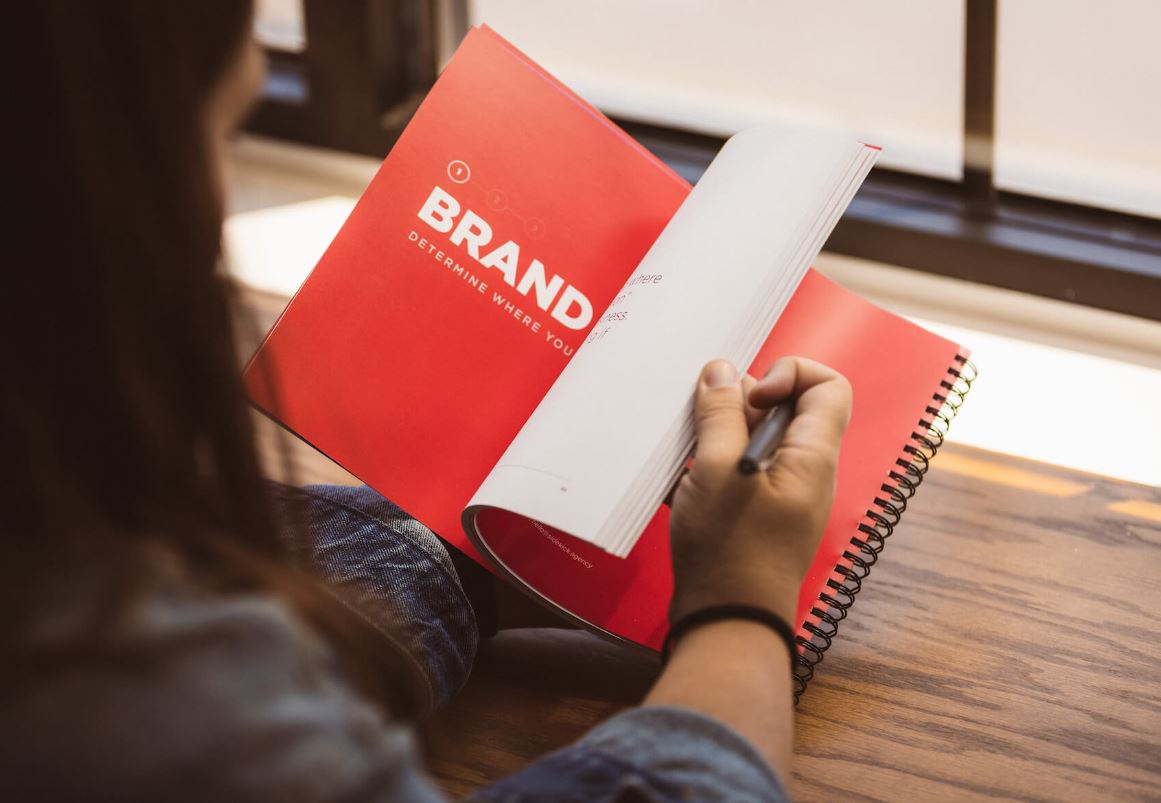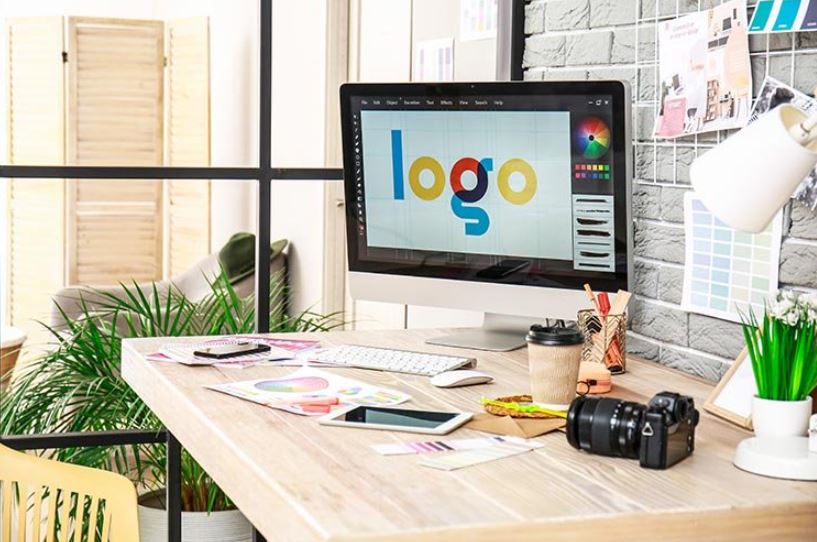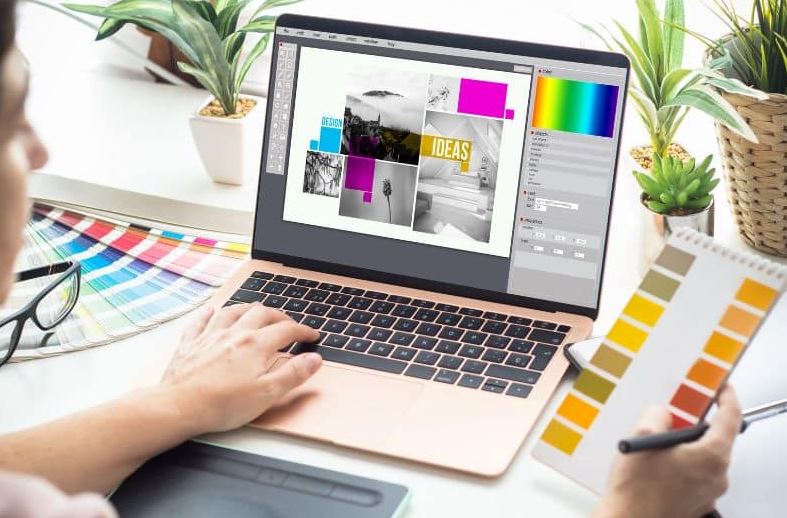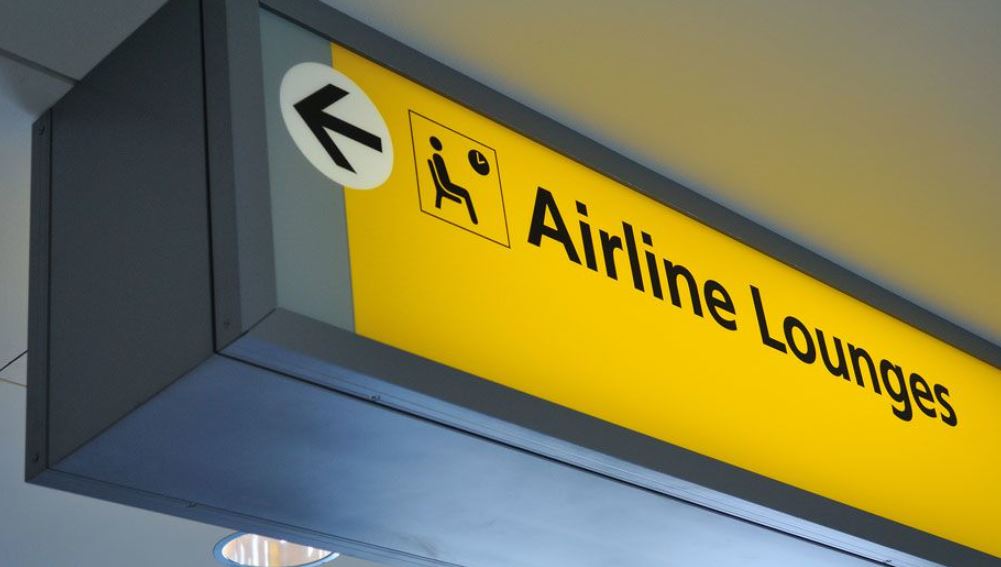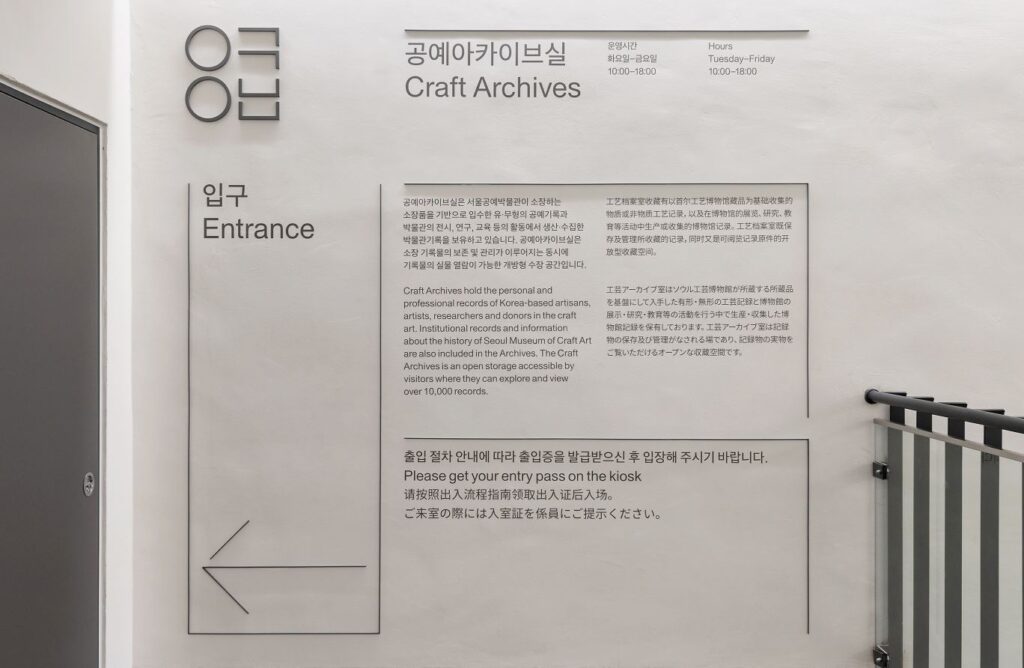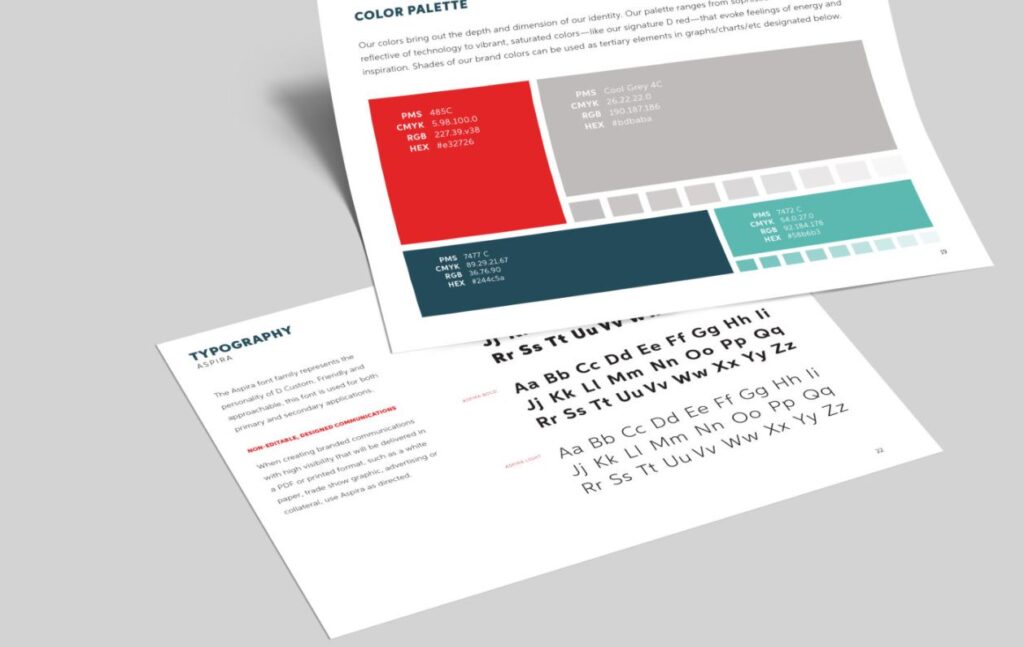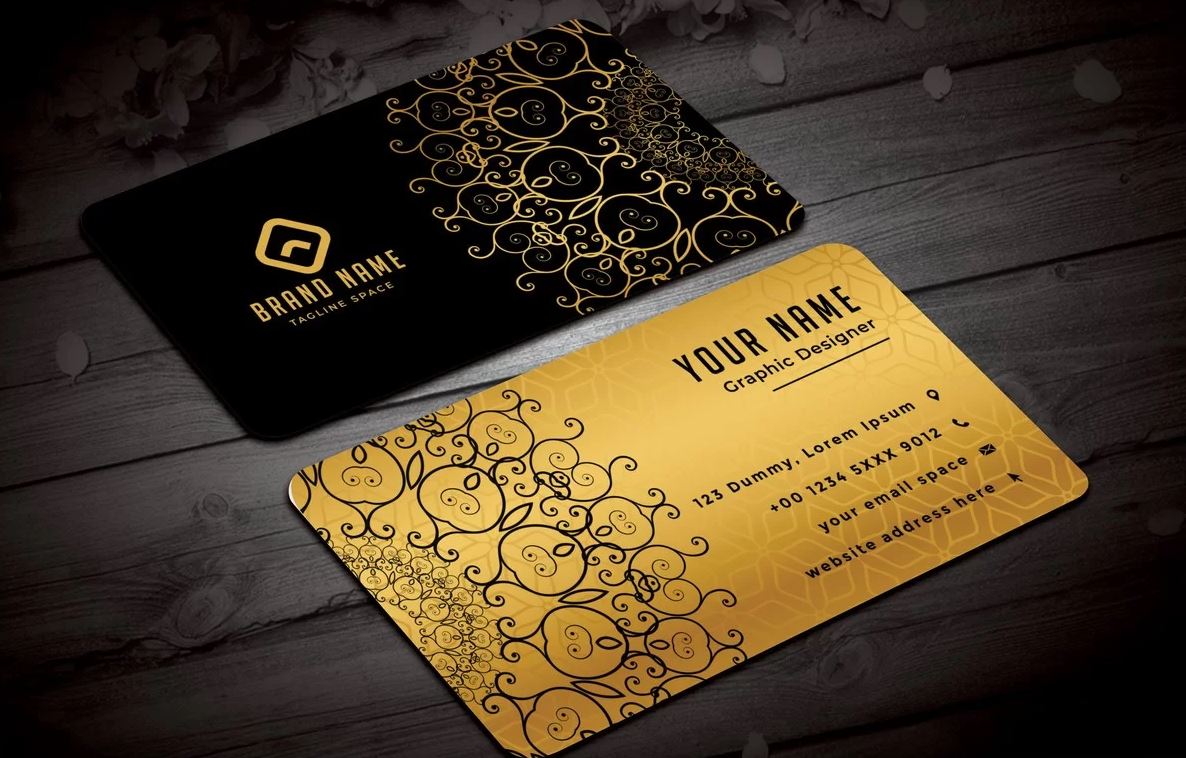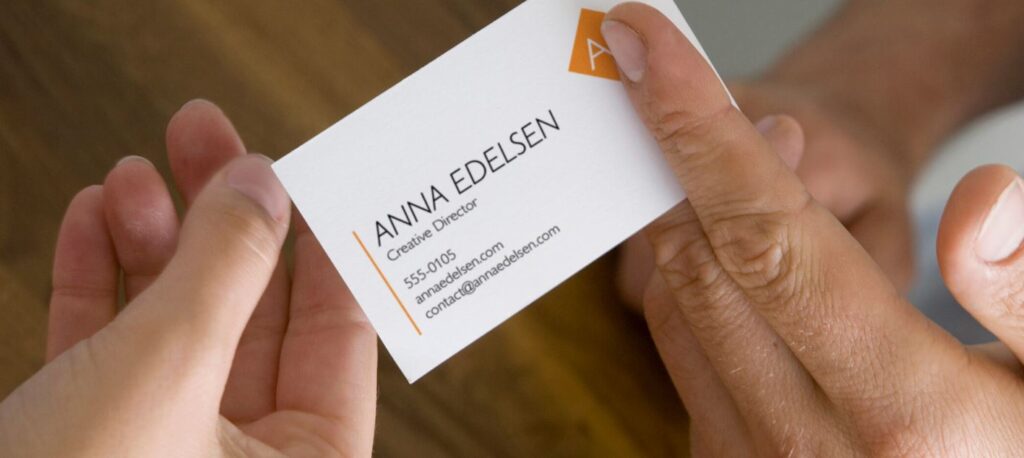In the ever-evolving world of branding and marketing, creating a strong visual identity is a pivotal cornerstone in establishing a brand's presence and personality. A visual identity does more than just present an aesthetic appeal; it encapsulates a brand's values, ambitions, and the very essence of its character, transforming these intangible elements into a tangible, visual form. This article delves into the nuanced process of creating a visual identity that not only captivates audiences but also stands strong against the ever-changing trends and times.
The journey to forge a visual identity is an artful mix of imaginative flair, strategic thinking, and a keen eye for detail, starting from the early brainstorming phases to the ultimate unveiling. Whether you're a budding entrepreneur eager to craft your brand's first visual impression, a seasoned marketer looking to refresh an existing identity, or simply curious about the behind-the-scenes magic of branding, this post will guide you through the key stages of this fascinating process. Join us as we explore how a deep understanding of the brand, innovative design, and strategic application form a strong, memorable visual identity.
Understanding the Brand
Creating a strong visual identity begins with a deep and nuanced understanding of the brand itself. This foundational step is crucial as it informs every creative decision. A brand's core values, target audience, and market position are guiding stars in this voyage.
Knowing the brand's core values is akin to understanding its heart and soul. These values are the principles and beliefs the brand stands for and must resonate through every visual element. For instance, a brand emphasizing sustainability might lean towards earthy colours and natural motifs in its visual identity. Similarly, understanding the target audience is pivotal. A brand aimed at young, tech-savvy individuals will have a markedly different visual language than one targeting luxury buyers. Finally, the brand's market position – whether a market leader, an innovative challenger, or a niche player – significantly influences the visual identity. A market leader might opt for a bold, confident visual style, while a niche brand might choose a more quirky and distinctive design.
Gathering this information requires a blend of internal introspection and external research. Stakeholder interviews are invaluable in this process. Speaking with the brand's founders, key employees, and even loyal customers can unearth insights into what the brand truly represents. Market research, on the other hand, provides an external perspective. It helps understand the competitive landscape, audience preferences, and market trends. Surveys, focus groups, and social media analytics offer tangible data that shapes the visual identity process.
Conceptualizing the Visual Identity
With a clear understanding of the brand, the next step is translating this knowledge into visual elements – a creative and strategic process. This stage involves taking the intangible aspects of the brand – its values, personality, and aspirations – and expressing them in a tangible form.
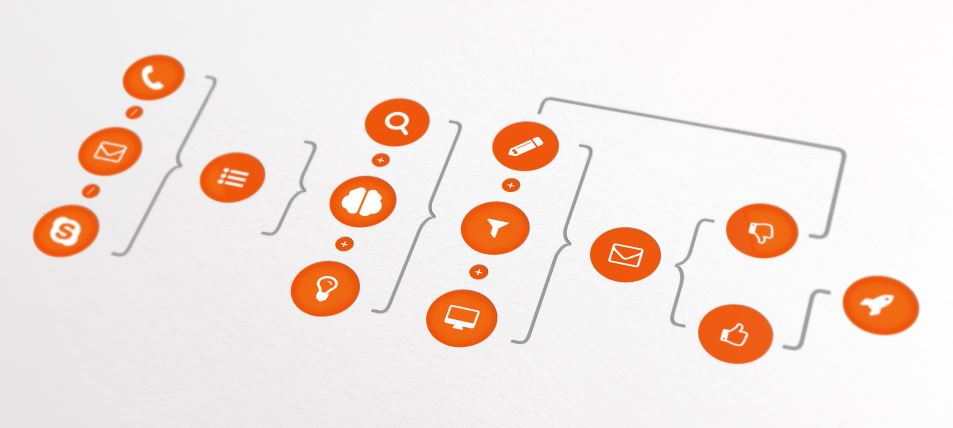
The process often begins with brainstorming sessions. These free-flowing, creative discussions encourage thinking beyond conventional boundaries. It's where wild ideas are welcomed, and the seeds of innovation are sown. Techniques like mind mapping or word association can kickstart these sessions, helping teams visualize concepts and themes that resonate with the brand's essence.
Mood boards are another critical tool in this phase. They are visual collages that combine images, colours, textures, and typography – all serving as a visual representation of the brand's desired look and feel. Mood boards act as a tangible reference point, ensuring that subsequent designs align with the brand's envisioned identity. They can be physical boards, digital collages, or samples and objects that capture the brand's essence.
Designing the Key Elements
Once the conceptual groundwork is laid, it's time to design the key elements of the visual identity. This includes the logo, colour scheme, typography, and other visual components that will collectively communicate the brand's identity.
Designing a logo, arguably the most recognizable aspect of a brand's visual identity, requires a balance of simplicity, memorability, and relevance. The logo should encapsulate the brand's essence at a glance. Color scheme selection is equally critical. Colours evoke emotions and carry meanings, so choosing the right palette is paramount in conveying the right message. Take the color blue, for example: it often symbolizes trust and dependability, which is why it's a favored hue in the branding of many financial institutions.
Typography is another vital element. The font style used in the logo and other communications should reflect the brand's character. A tech company might opt for a sleek, modern font, while a luxury brand might prefer something more elegant and ornate.
Balancing creativity with brand messaging is essential throughout this design phase. While it's important to be innovative and unique, the designs must not stray too far from the brand's core values and personality.
Creating Brand Guidelines
After the visual elements are designed, it's crucial to establish brand guidelines to ensure consistency across all applications. These guidelines are the rulebook for how the visual identity will be used and presented.
Brand guidelines typically include specifications for logo usage – detailing how and where the logo can be used, acceptable colour variations, and sizing. They also define the colour palette, providing exact colour codes for print, digital, and other media. Typography guidelines include font styles, sizes, and usage for different types of communications.
Additionally, brand guidelines may cover imagery style – what kind of photography or illustration aligns with the brand, and even tone of voice – how the brand communicates in written form. These guidelines ensure that the brand is represented consistently and accurately regardless of who is creating the content, maintaining its integrity and recognizability in the market.
Application Across Different Media
Once a visual identity is crafted, its application across various media becomes critical. In this stage, the brand's visual identity meets the real world – in digital platforms, print materials, and merchandise. Each medium presents unique challenges and considerations.
In digital media, which includes websites, social media, and online advertisements, the visual identity needs to be adaptable yet consistent. Digital platforms have varying requirements for image sizes, resolutions, and formats. The challenge is ensuring the logo, colour scheme, and typography are optimally displayed across different screen sizes and resolutions. For instance, a complex logo might need to be simplified to be recognizable even when scaled down for a mobile app icon.
In print media, such as business cards, brochures, and billboards, the challenges include maintaining colour fidelity and ensuring the legibility of the typography. Print materials often serve as tangible brand touchpoints, hence the need for high-quality production to make a lasting impression.
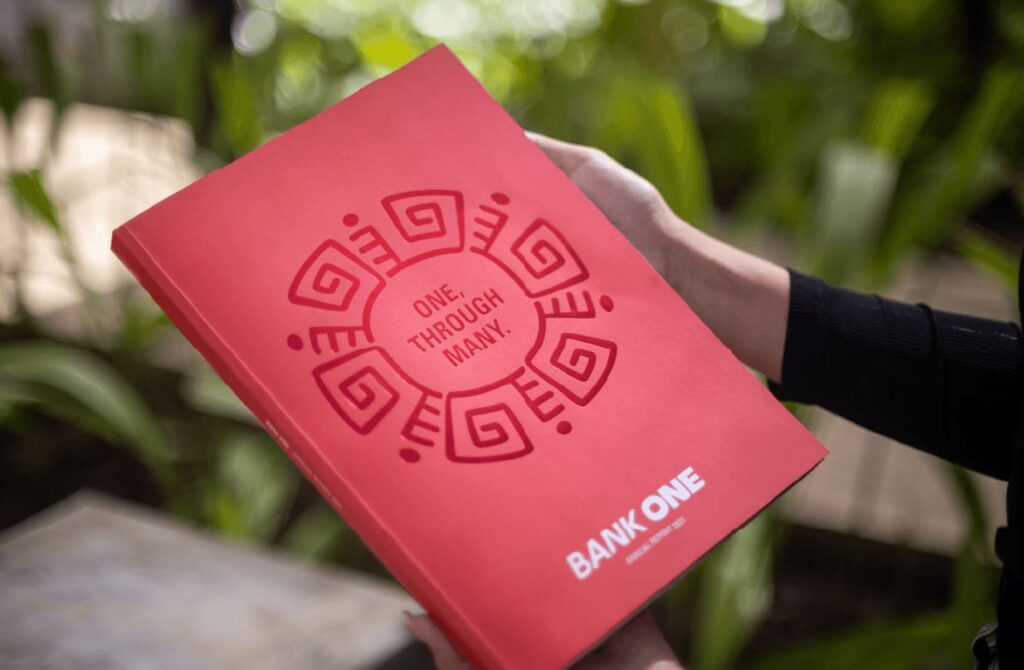
Merchandise, whether it's apparel, stationery, or promotional products, requires careful consideration of materials and printing techniques. The brand's visual elements must be adaptable to different materials while retaining their integrity and impact.
Gathering Feedback and Revising
Feedback is a crucial part of the visual identity development process. It helps refine and improve the design to effectively communicate the brand's message. Gathering feedback from stakeholders – including employees, management, and existing customers – provides valuable insights into how the visual identity is perceived.
Potential customers are another important source of feedback. They offer an outside perspective and can provide unbiased opinions on the visual appeal and clarity of the brand's identity.
Incorporating feedback effectively involves balancing different viewpoints while staying true to the brand's core values and goals. It might require revisiting certain design elements, tweaking colour schemes, or adjusting the overall visual approach. The key is to be open to constructive criticism and flexible in making changes while maintaining a clear vision of the brand's identity.
Launching the Visual Identity
Launching the new visual identity is a pivotal moment. It's an opportunity to re-introduce the brand to the world. Successful launch strategies often involve a well-planned campaign that creates anticipation and excitement.
This can include a teaser campaign on social media, an official launch event, or an email campaign to existing customers. The launch should tell the story of the new identity – why it was created, what it represents, and how it aligns with the brand's evolution.
Measuring the impact of the launch is essential. This can be done through metrics such as website traffic, social media engagement, media coverage, and customer feedback. Monitoring these metrics helps understand the reception of the new identity and provides insights for future branding initiatives.
Creating a strong visual identity is a comprehensive journey that involves understanding the brand, conceptualizing and designing visual elements, and applying them across various media. It requires a delicate balance of creativity, strategy, and consistency.
Throughout this post, we have explored the intricate steps involved in this process, from the initial stages of understanding the brand to the final launch of the new visual identity. Each phase in the development of a visual identity is critical, ensuring not just visual allure but also a deep alignment with the brand's fundamental values and a meaningful connection with its intended audience.
As we conclude, it's important to emphasize that creating a visual identity is not just about aesthetic appeal but crafting a story and personality that people can relate to and remember. Whether you are a business owner, a marketer, or a designer, approach visual identity creation with thoughtfulness, creativity, and a deep understanding of the brand's essence. The result will be a visual identity that not only stands out in the crowded marketplace but also endures and evolves with the brand over time.
